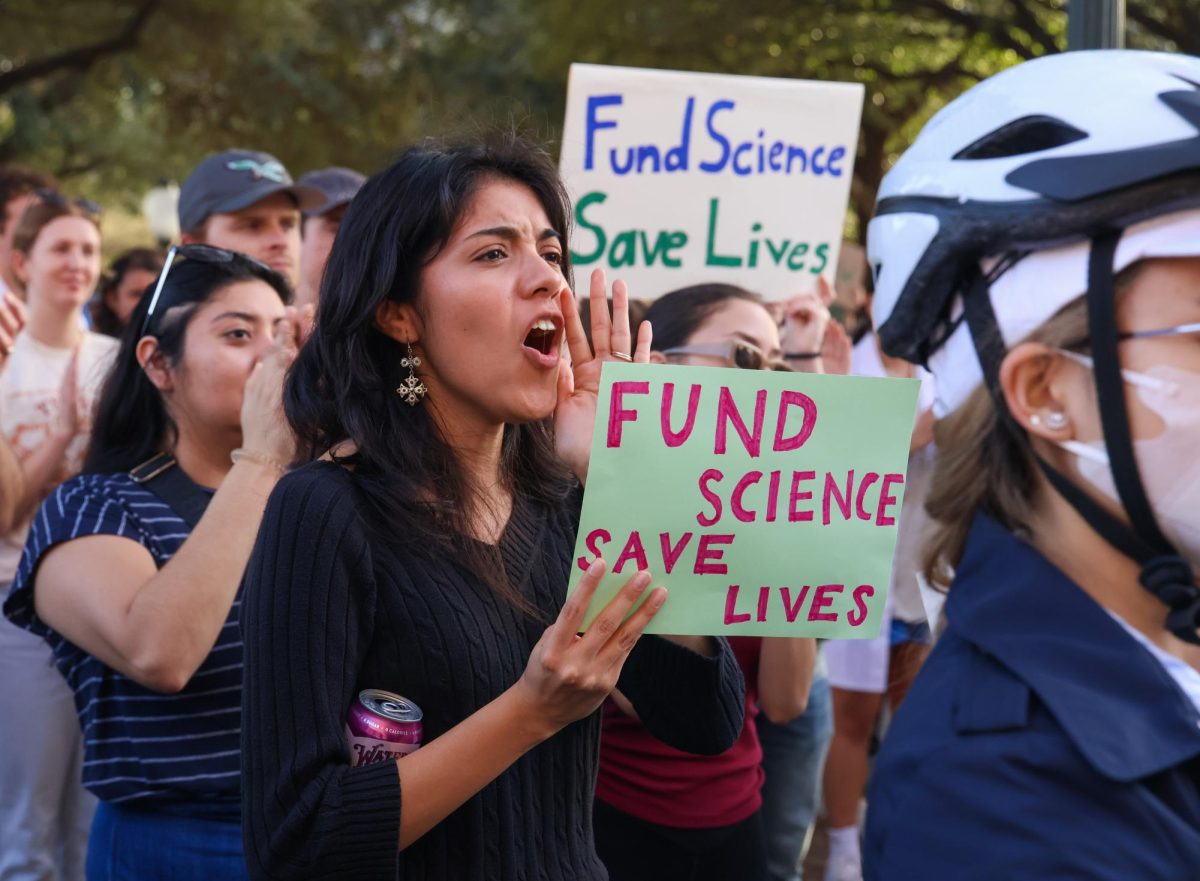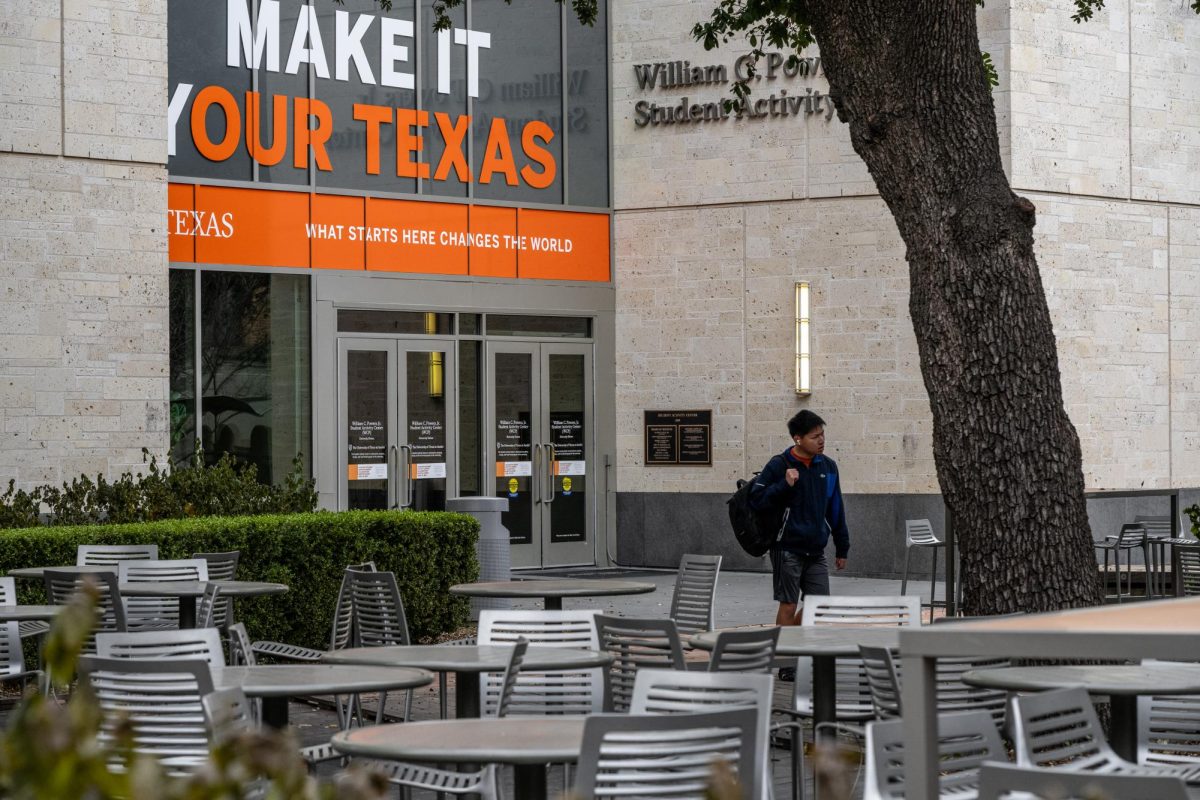More than 200 volunteers gathered at the UT School of Social Work on Sunday before breaking into groups to conduct the annual Travis County Homeless Count.
Volunteers met at the headquarters where they were assigned to teams and to a section of the county that they surveyed on foot. This year, the Ending Community Homelessness Coalition, a homeless advocacy group, divided the Austin area into 25 sections.
Volunteers returned the data to headquarters Sunday, but the coalition will not know the final number until today. Last year, volunteers counted more than 800 homeless people throughout the greater Austin area, although the number has been as high as 2,000 in
previous years.
“We need accurate data to let the federal government know we need funding,” said Dawn Perkins, a volunteer coordinator with homeless advocacy group Front Steps.
The Austin Area Homeless Coalition, which evolved into the Ending Community Homelessness Coalition, started the Travis County Homeless Count in 1994. The coalition brainstorms ways to decrease the number of homeless people in Austin and ways to improve the lives of homeless people, said Rick Rivera, chair of the coalition’s count and survey committee.
The definition of a homeless person is not limited to someone living on the streets, but anyone without permanent housing such as individuals living in cars. Although coordinators instruct volunteers not to distribute money or food, they do distribute articles of clothing, typically socks or gloves.
“It’s important for community members to be engaged and to actually see those that are homeless,” Perkins said.
According to the Travis County Homeless Count website, the homeless count has three main goals — to get an annual count of people living on the streets, to provide local service providers with statistics and to get the community involved.
Most importantly, it is about community education and identifying the scope of the issue, Rivera said.
Rivera said community involvement is vital to the process because volunteers primarily conduct the count. The volunteers survey many different areas of Travis County ranging from urban to rural, from downtown to the greenbelts.
Barbara Rush, who has volunteered for the past three years, said she took her 16-year-old son with her the first year she volunteered.
“It gave him a very different view of who the people are who are homeless,” Rush said.




















